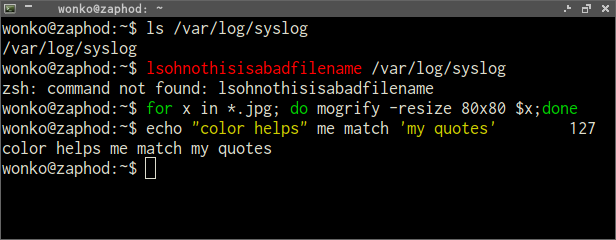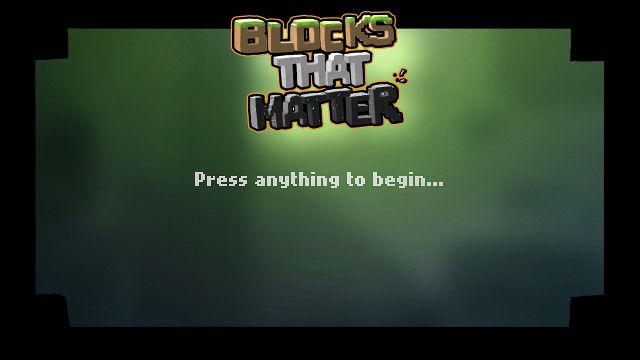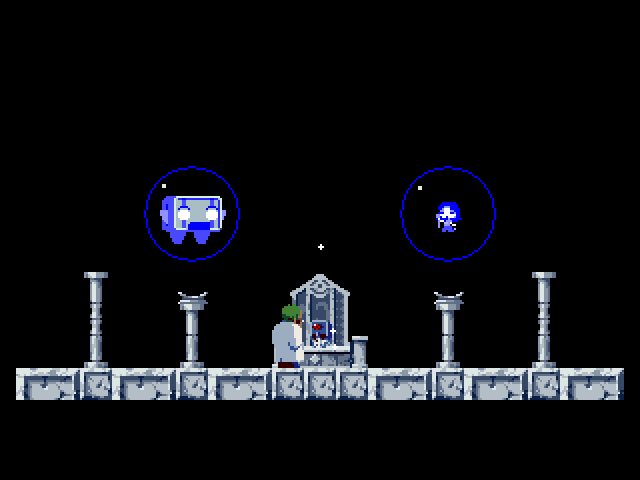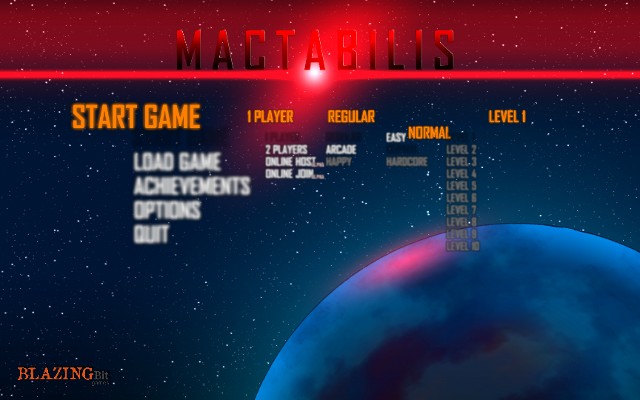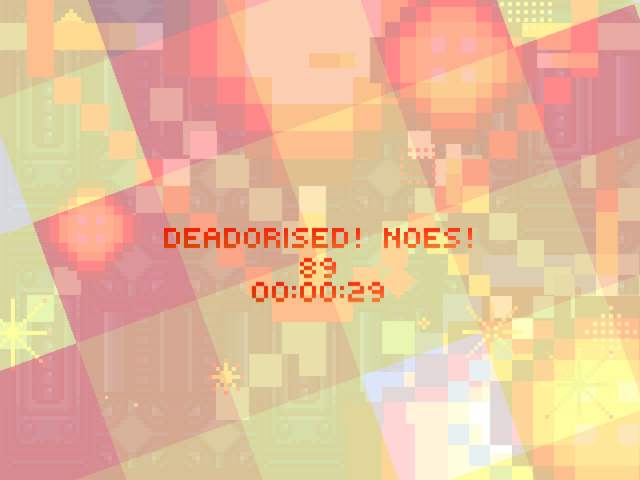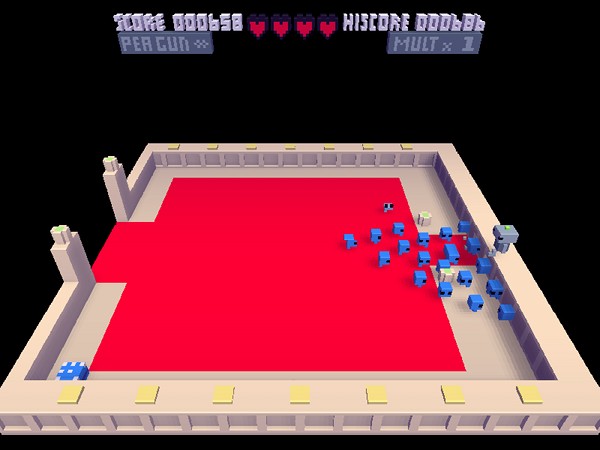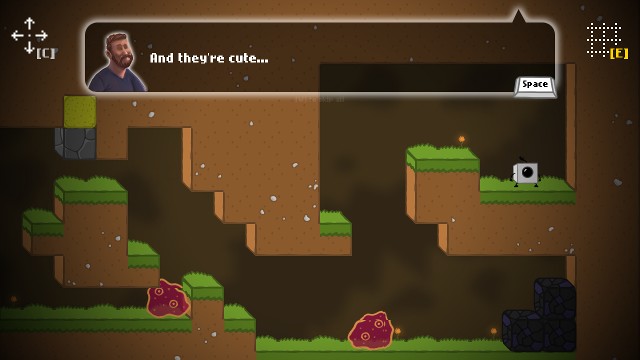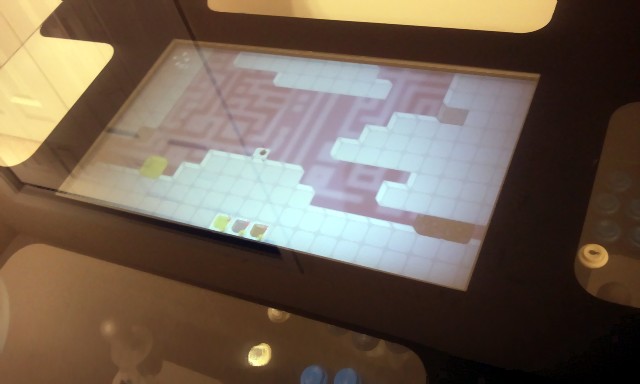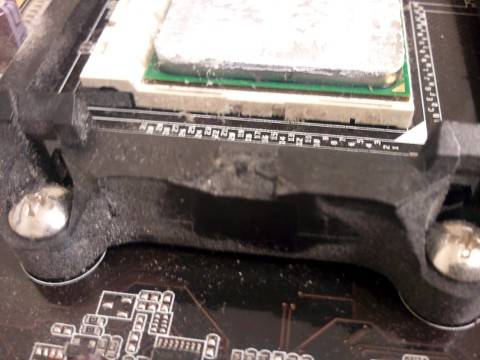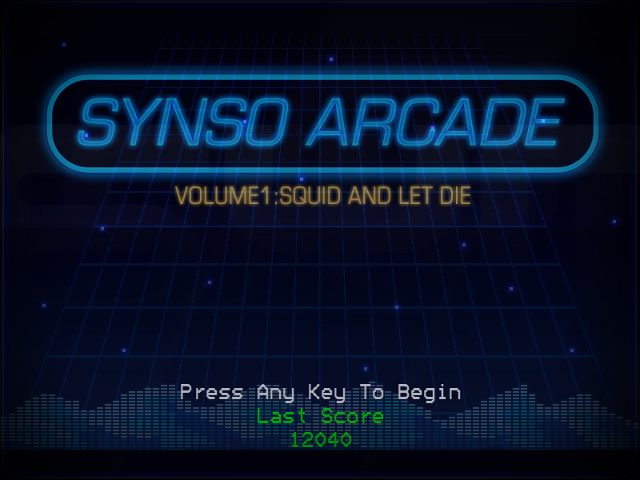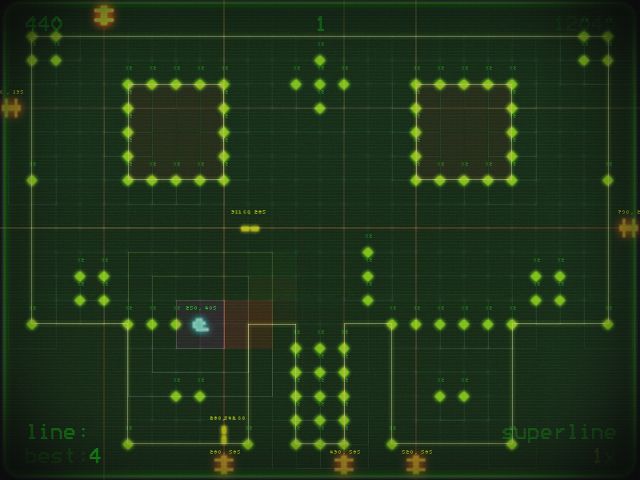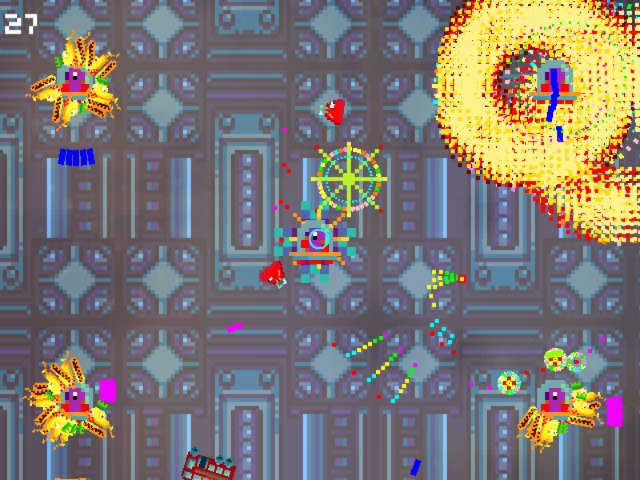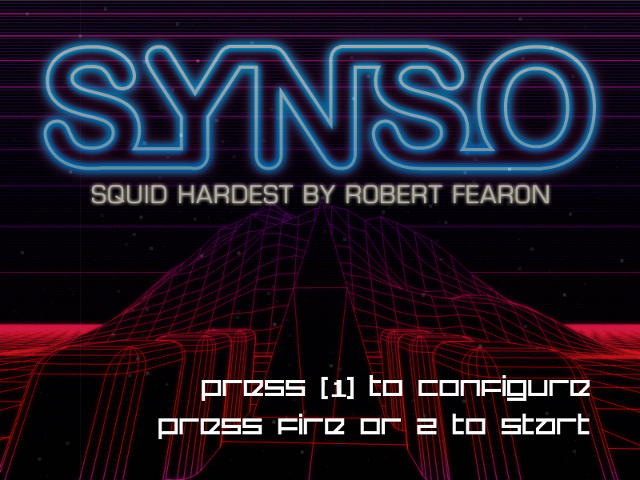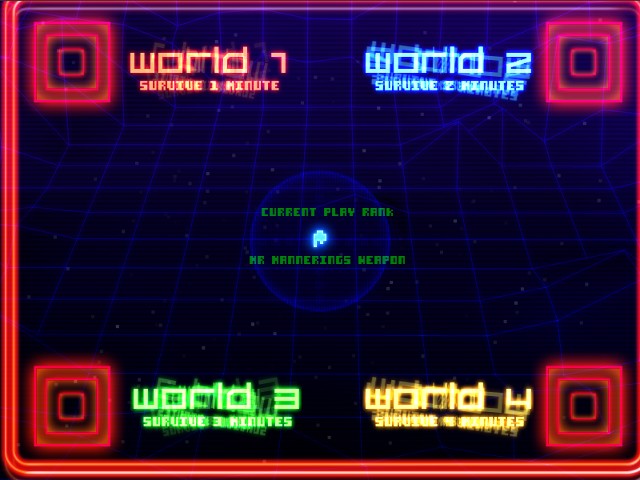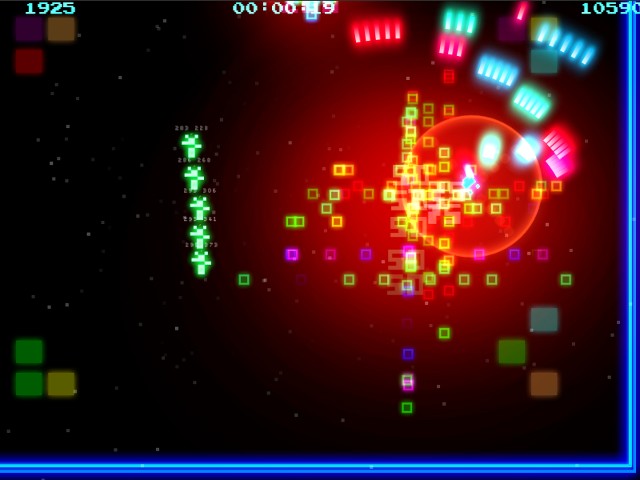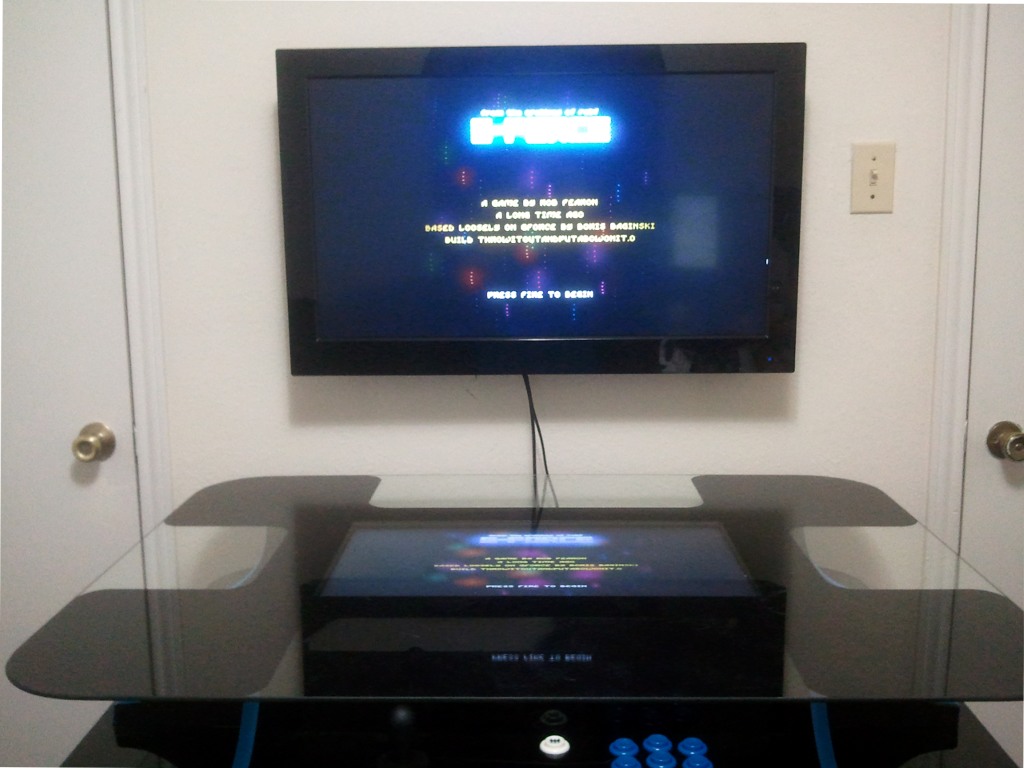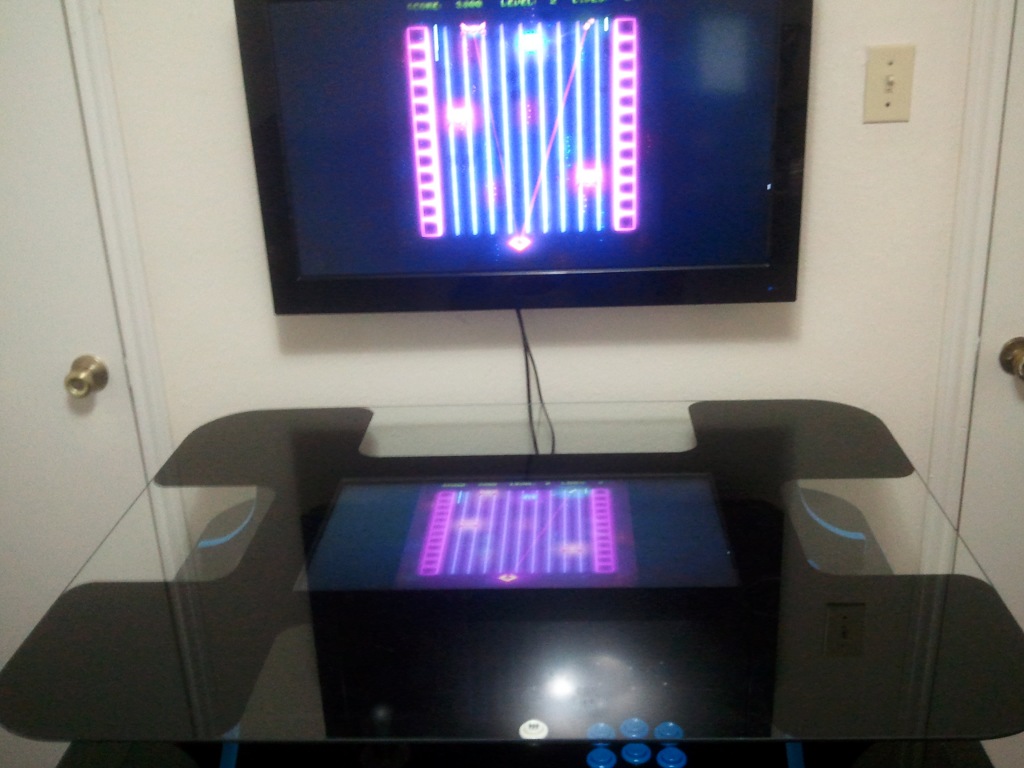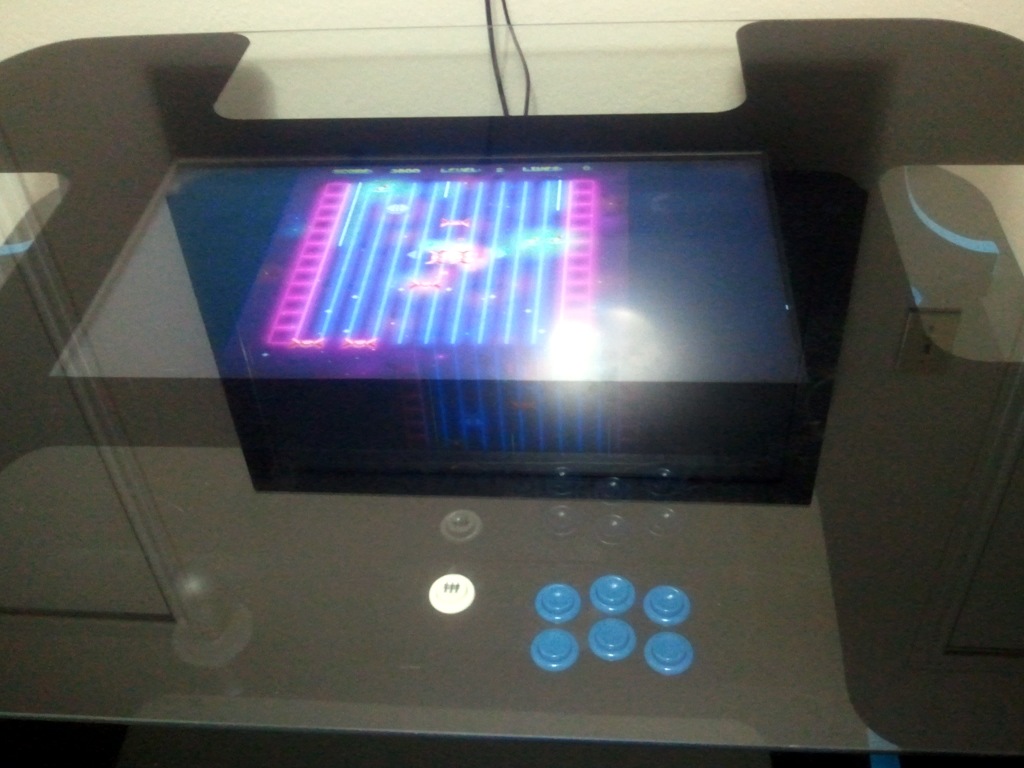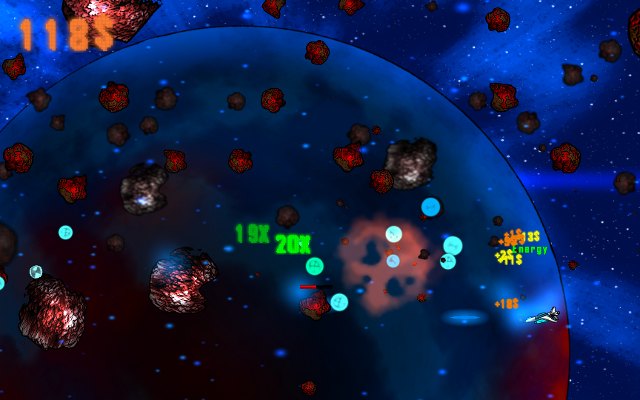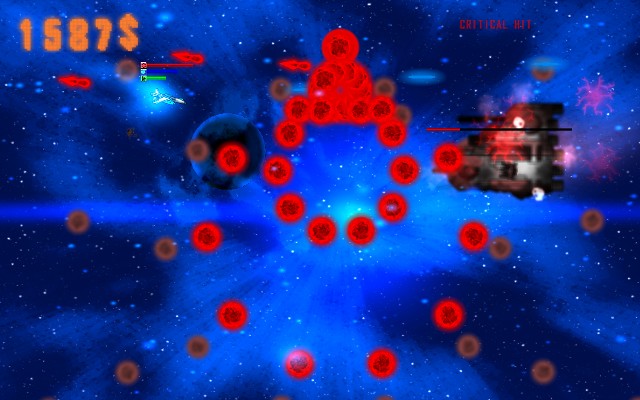My arcade cabinet’s recent road trip only resulted in some very mild cosmetic damage. I have been separated from my arcade table for quite a few months, since a few weeks before the release of the fourth Humble Indie Bundle. There were quite a few games in that bundle that will be finding a home on my arcade cabinet, but I have been hoping for a native copy of Super Meat Boy ever since I started building the thing!
Playing Super Meat Boy on an arcade cabinet
Playing Super Meat Boy on an arcade cabinet is so much more fun than using the keyboard. The difference is probably a lot like reading Shakespeare in the original Klingon. Super Meat Boy feels like it was made to be played on an arcade cabinet.
When I bought the fourth Humble Indie Bundle back in December, I just had to try playing Super Meat Boy. I gave up on level 1-14… I’m not entirely sure whether I was just unhappy playing with a keyboard or if I just didn’t want to spoil the fun of playing on the arcade cabinet!
Things went a lot better when I loaded the game on the arcade cabinet yesterday. Before I knew it, I was completely through the first world and well on my way through the second! I won’t be surprised if I’m most of the way through the game in the next few days, assuming I can find some time to play!
Minor Problems
The controls for Super Meat Boy are simple enough and I had no problem mapping them to the joystick and buttons. However, I am having trouble with the video settings. It always wants to run in a window when it starts up. Super Meat Boy’s GUI on Linux lets you choose a resolution and set the game to full screen, but it doesn’t remember that setting after I quit.
I can live with this for now, but when I get some free time I might fire up strace and see if it is failing to open or write to any config files.
Update: Super Meat Boy on Linux has been correctly saving and restoring settings since the June, 2012 update.
